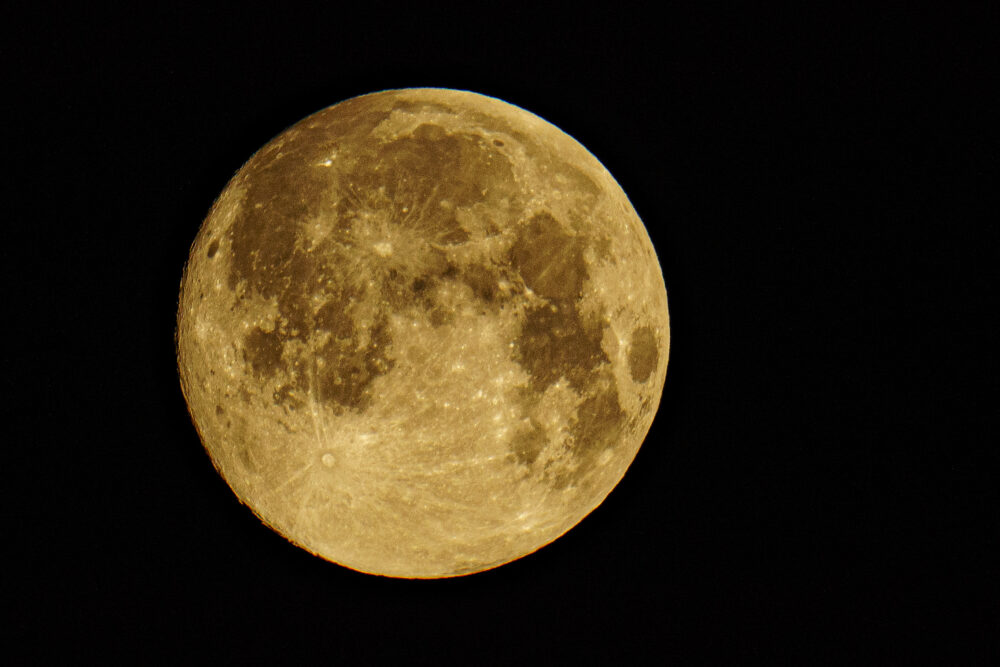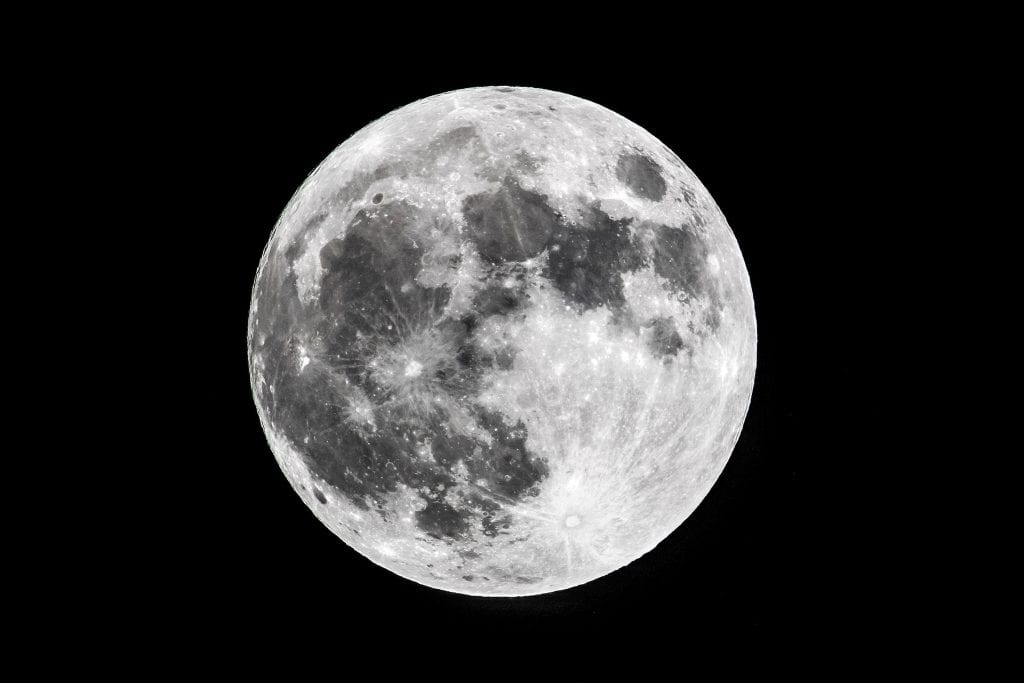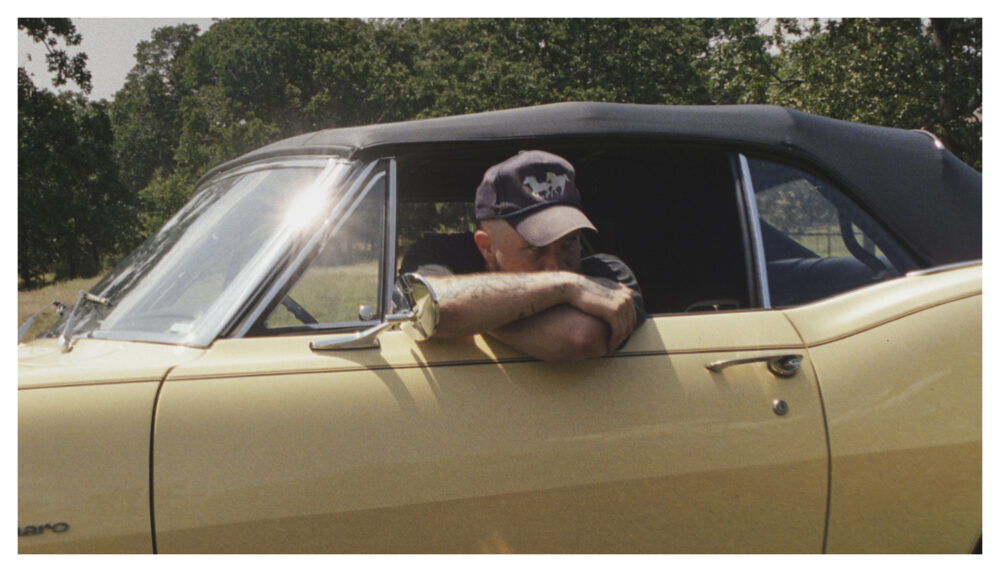
UK News
Parts of the Moon’s surface ‘200 million years older than previously thought’
2 years ago

Researchers from Norway and France have found a way of coordinating and recalibrating different systems of dating the surface.
Scientists have reset the clock for craters on the Moon, meaning that parts of its surface are around 200 million years older than had been previously thought.
Researchers from Norway and France have found a way of co-ordinating and recalibrating different systems of dating the surface of the Earth’s satellite.
The new evaluation indicates that large parts of the crust of the Moon are much older than previously thought, and allows the scientists to clarify the sequence of events in the evolution of its surface.
The Moon is now geologically pretty inactive, meaning that the craters from asteroids and comets which bombarded it throughout time have not been eroded away.
Presenting the work at the Goldschmidt Geochemistry Conference in Lyon, Professor Stephanie Werner, of the Centre for Planetary Habitability, University of Oslo, said: “Looking at the signs of these impacts on the Moon shows what Earth would be like without the geological churning of plate tectonics which took place here on Earth.
“What we have done is to show that large portions of the lunar crust are around 200 million years older than had been thought.”

Researchers have known that the standard way of measuring the age of the surface of the Moon – a process known as crater counting – gave quite different results to that seen when examining rocks from the Apollo missions.
So they decided to reconcile the differences by correlating individually dated Apollo samples to the number of craters in the sample site surrounding area – in effect, resetting the crater clock.
They also correlated them against data from various Moon missions, especially the Indian Chandrayaan-1, to be sure which Apollo sample belongs to the surface in which we counted craters.
According to the scientists, by doing this they were able resolve the discrepancy and push back the age of the surface of the Moon by up to 200 million years.
For example, the age of the Imbrium Basin – visible in the top left quadrant of the Moon and which was probably created by the collision of an asteroid impactor around the size of Sicily – goes back from 3.9 billion years ago, to 4.1 billion years ago.
The researchers stress their findings do not change the estimates of the Moon’s age itself, just the estimate of its surface.
Prof Werner said: “This is an important difference.
“It allows us to push back in time an intense period of bombardment from space, which we now know took place before extensive volcanic activity that formed the ‘Man in the Moon’ patterns – the mare volcanic plains including Mare Imbrium.
“As this happened on the Moon, the Earth was almost certain to have also suffered this earlier bombardment too.”









 Subscribe
Subscribe Follow Us
Follow Us Follow Us
Follow Us Follow Us
Follow Us Follow Us
Follow Us Follow Us
Follow Us











